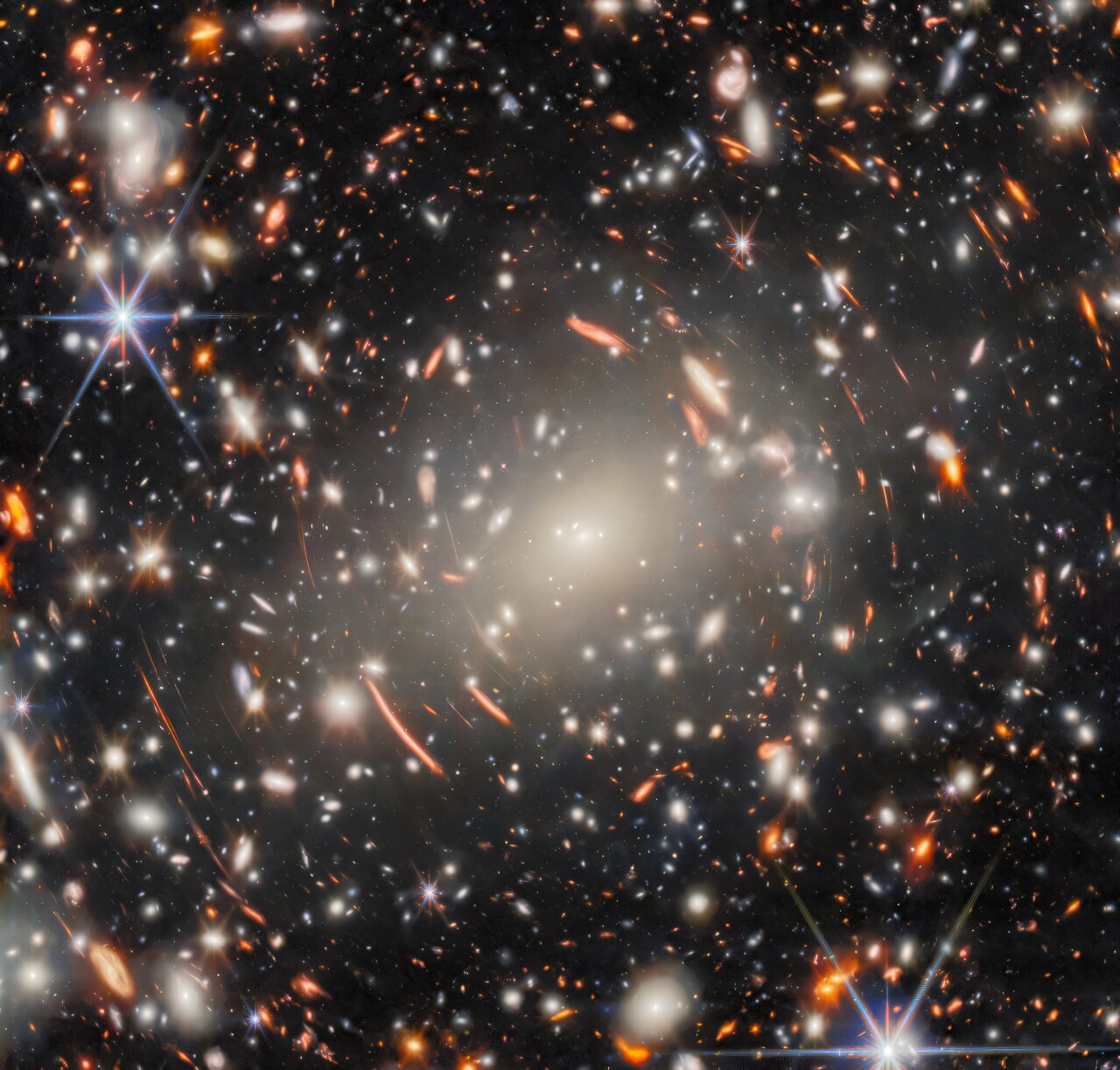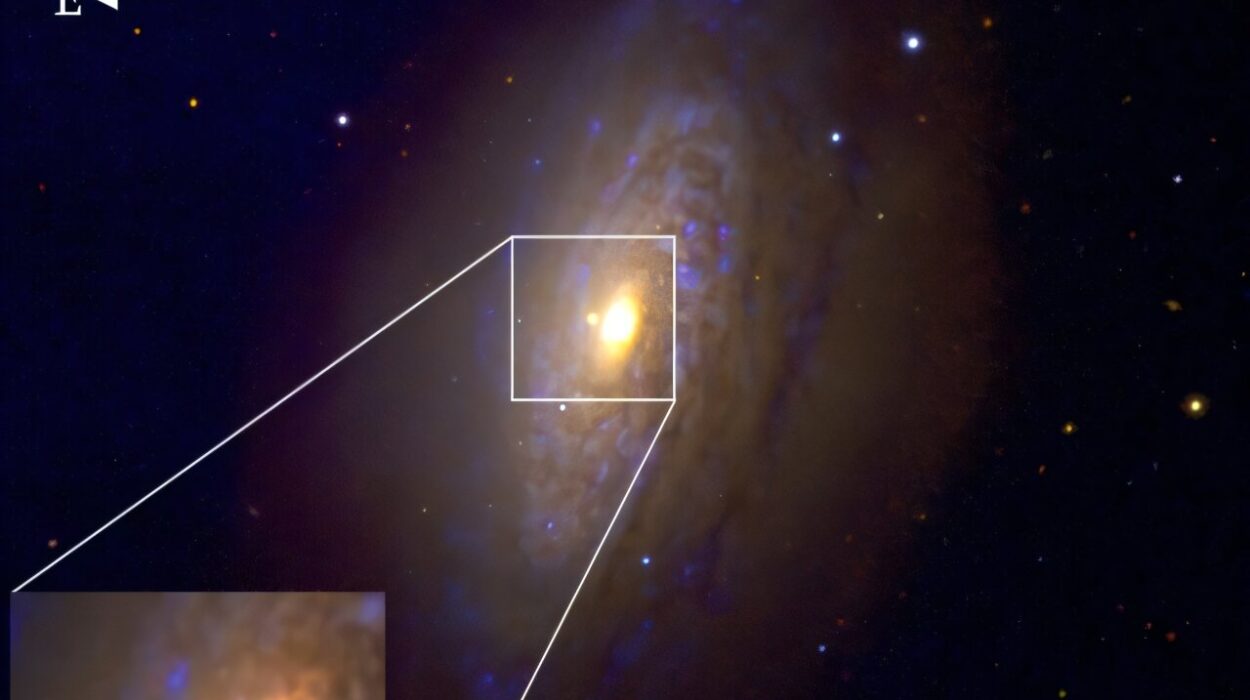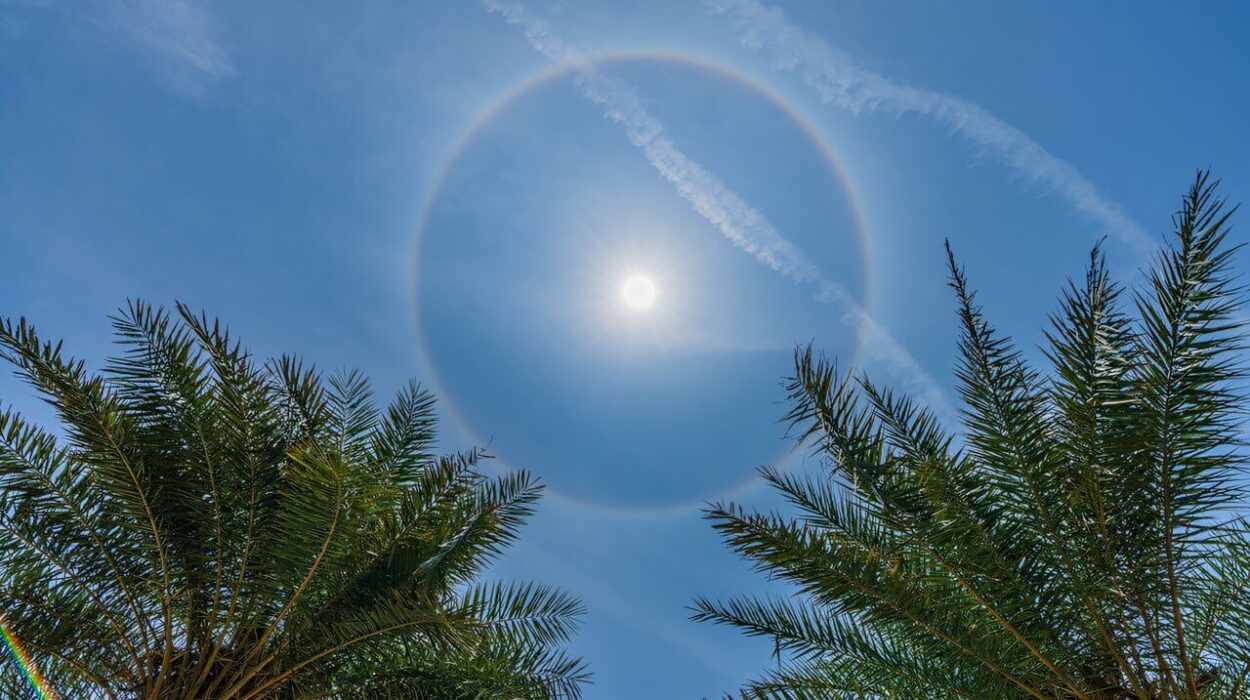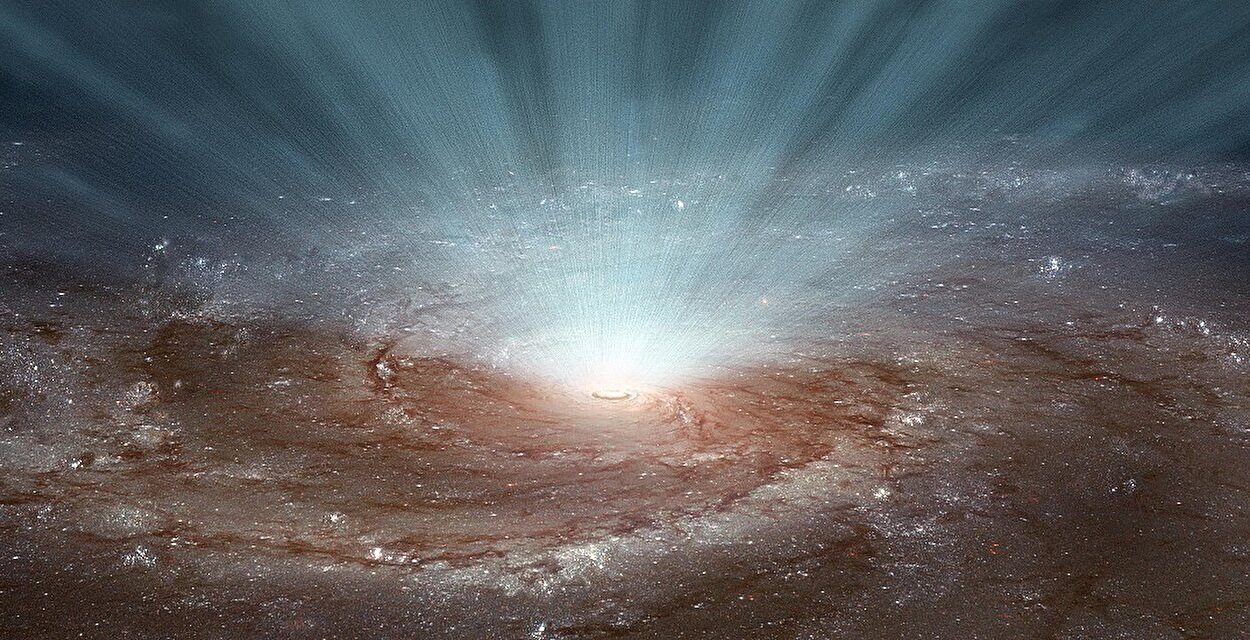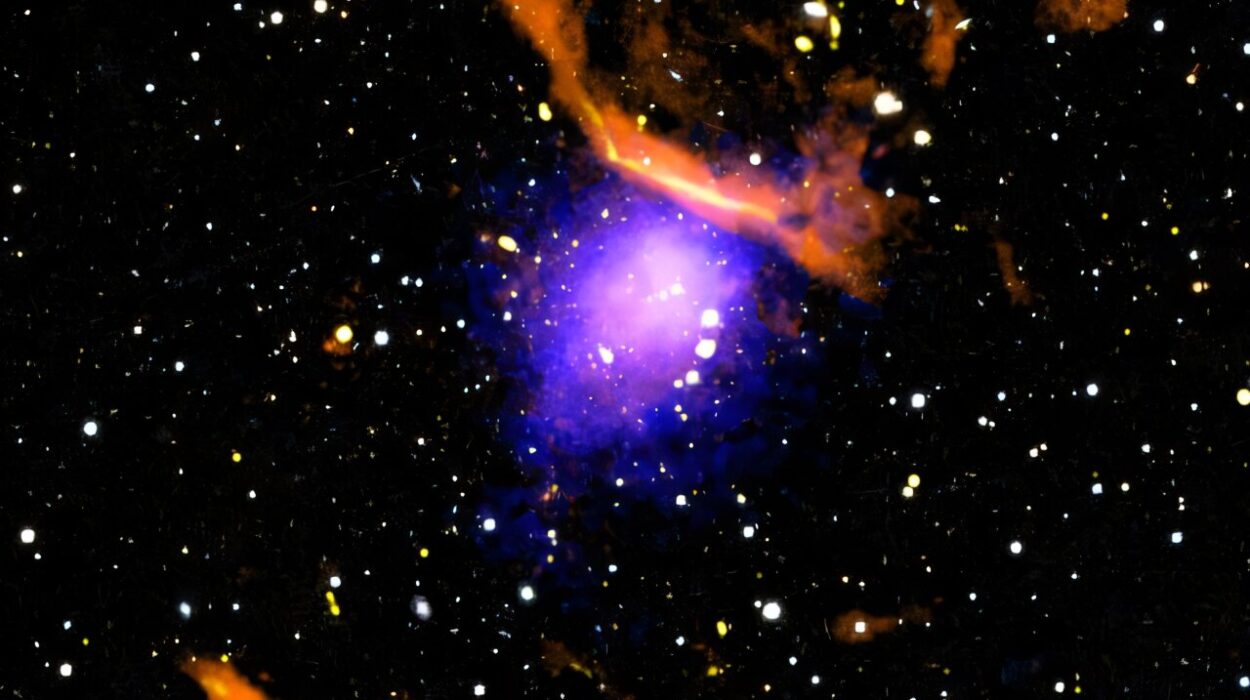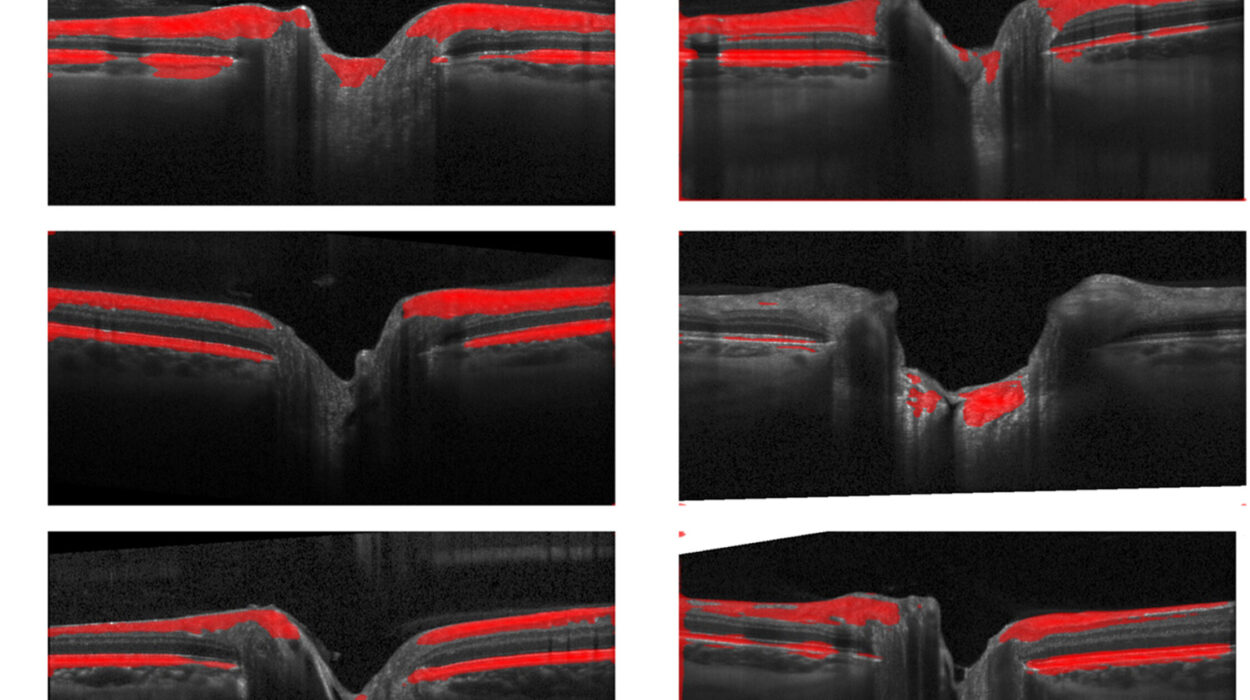More than a century ago, Albert Einstein predicted something almost too strange to believe—that space itself could warp under the influence of gravity, bending light like a lens. Today, this cosmic magic isn’t just theoretical; it’s a stunning visual reality. And now, thanks to the James Webb Space Telescope’s (JWST) longest and deepest observation yet, we’re witnessing this warping of light as never before—revealing secrets from the dawn of time.
The European Space Agency (ESA) announced on Tuesday that JWST has captured its most profound and time-intensive image to date: over 120 hours focused on a single slice of sky, peering across billions of light-years to bring us breathtaking spinning arcs of ancient light. These luminous spirals, which resemble the delicate swirl of a fingerprint on cosmic glass, are actually distant galaxies distorted by gravity itself.
At the image’s bright heart lies Abell S1063, a massive cluster of galaxies located 4.5 billion light-years from Earth. Though it may seem like the star of the show, Abell S1063 is merely the lens—not the view. The true gems lie beyond it, their light bent and magnified by the immense gravitational pull of the cluster, creating the optical illusion of warped, arc-like structures encircling the foreground galaxies.
What Are We Really Seeing?
When we look at the image, we’re not just seeing galaxies—we’re seeing time. Each curved smear of light represents a galaxy as it was billions of years ago. Some of these galaxies existed when the universe was only a few hundred million years old—a mere toddler in cosmic terms. This was a crucial period known as the Cosmic Dawn, when the first stars and galaxies lit up the darkness following the Big Bang.
The image, compiled from nine different near-infrared wavelengths, acts as a layered time machine, allowing astronomers to peer through different windows into the early universe. These observations can help answer one of the biggest questions in cosmology: how did the first galaxies form and evolve into the sprawling structures we see today?
Gravitational Lensing: Nature’s Telescope
The phenomenon responsible for these spectacular distortions is called gravitational lensing. First confirmed during a 1919 solar eclipse that made Einstein a household name, gravitational lensing occurs when a massive object—like Abell S1063—bends the fabric of spacetime so intensely that it warps the path of light traveling from more distant galaxies behind it.
This warping does two incredible things:
- Magnifies faint galaxies that would otherwise be invisible.
- Creates multiple images of the same background galaxy, sometimes mirrored or stretched into arcs.
Thanks to gravitational lensing, JWST is not just seeing far—it’s seeing deeper and more clearly than any telescope ever before.
Why This Image Matters
Webb’s deep gaze isn’t just a pretty picture. It’s rewriting the story of our universe.
In its first few years of operation, JWST has already forced astronomers to question long-held theories. Early images revealed that galaxies formed far earlier and grew far larger than anyone anticipated. Some appear to be as mature as our own Milky Way when the universe was only a fraction of its current age. This defies conventional models of galaxy formation, which suggest that such complexity should take billions of years.
Could our theories about dark matter, cosmic inflation, or even the Big Bang itself be incomplete?
This latest image—Webb’s deepest view of a single target to date—adds fuel to that fire. By allowing scientists to study galaxies from the Cosmic Dawn in greater detail and greater number, it could unlock answers about how stars formed, how matter clumped together, and whether our equations still hold up under the weight of new data.
A New Chapter in Cosmic Exploration
Launched in December 2021 and operational since mid-2022, the James Webb Space Telescope is the most advanced observatory ever built. Orbiting nearly a million miles from Earth at a stable gravitational balance point called Lagrange 2, it uses a gold-coated 6.5-meter mirror and a suite of high-tech instruments to collect infrared light—the faint glow of the ancient universe stretched across time.
Unlike the Hubble Space Telescope, which mainly observes in visible and ultraviolet light, JWST specializes in the infrared spectrum. This gives it a superpower: it can see through clouds of gas and dust, revealing newborn stars and galaxies in the process of formation.
With this capability, Webb is making discoveries almost weekly—from detecting carbon-based molecules on exoplanets to probing the atmospheres of alien worlds, and now, delivering our most intimate glimpse yet of the universe’s earliest structures.
What’s Next?
This image is part of an ambitious observational campaign designed to identify and study the earliest galaxies ever formed. Using these deep-field exposures, astronomers will conduct spectroscopic analysis—breaking down the light to determine each galaxy’s composition, temperature, and age.
Already, scientists are pinpointing candidate galaxies that may be over 13 billion years old—less than a billion years after the Big Bang. If confirmed, these could become record-breakers, challenging our understanding of the timeline of cosmic evolution.
In parallel, theorists are racing to refine cosmological models. Is there a new kind of dark energy at play? Could gravity behave differently on large scales? Or are we simply seeing the effects of an early universe that was more efficient at forming stars than expected?
These are not small questions—and the answers might change how we understand everything from galaxy formation to the fate of the universe itself.
A Telescope Built to Inspire
Beyond the science, images like this are deeply human. They connect us to the past—not just the universe’s past, but our own. The light captured by JWST began its journey before Earth had dinosaurs, before our solar system even formed. That light has traveled billions of years to end its journey in a sensor built by our species, revealing cosmic truths to minds that only recently figured out how to leave their own planet.
The James Webb Space Telescope reminds us that exploration is not just about going somewhere new—it’s about seeing something differently. By peering into the deepest parts of the universe, it is also showing us the immense power of human curiosity, collaboration, and imagination.
And in that sense, every warped arc of ancient starlight is also a mirror—reflecting not only the cosmos, but who we are, and how far we’ve come.
